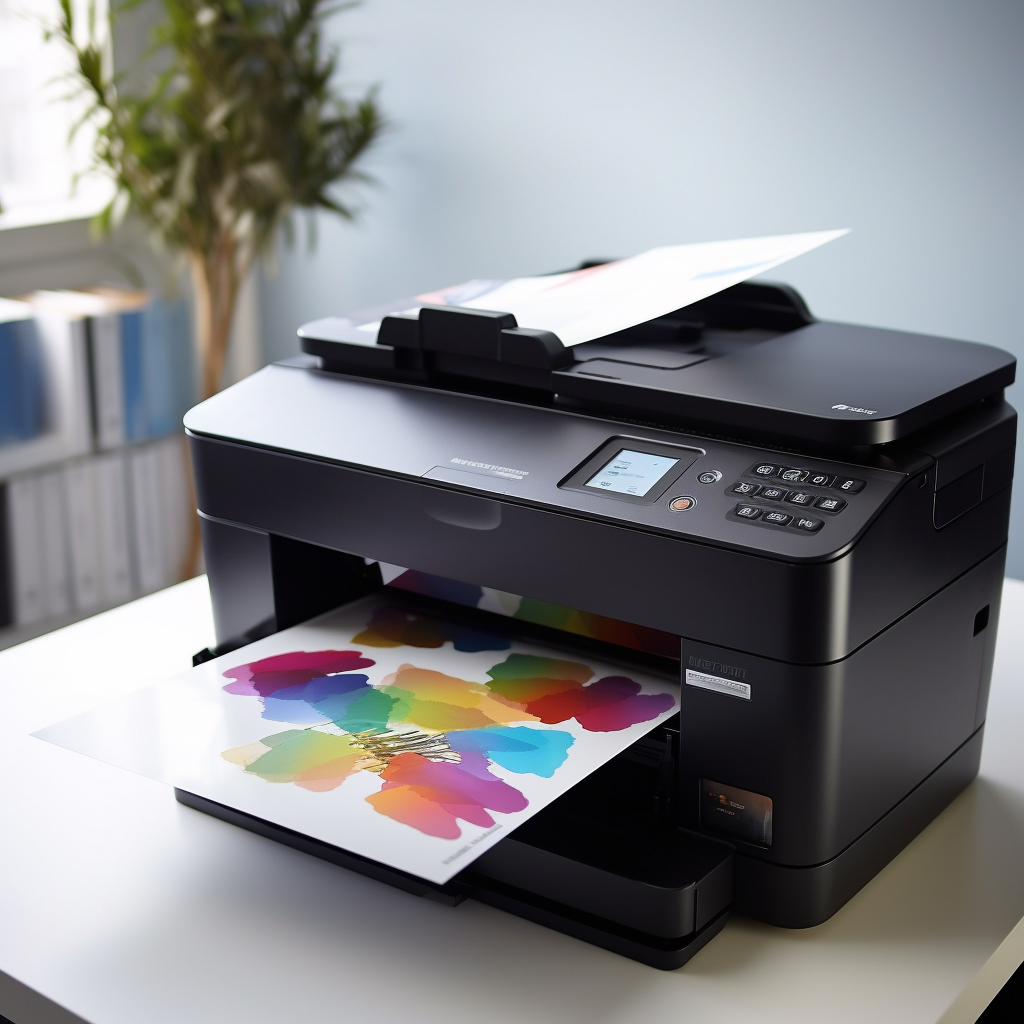
The impact of paper on printing quality is significant. It directly affects the quality and appearance of the printed material. The following are some key factors through which paper influences the printing results:
- Printing Quality: The quality of paper determines the sharpness and detail representation of the printed images. High-quality paper provides sharper and more accurate images, making text and graphics appear clear and legible.
- Color Reproduction: The quality and color characteristics of paper affect the color reproduction of the printed material. Some papers may absorb ink, leading to dull or distorted colors, while others may offer more vibrant and accurate colors.
- Glossiness: Different types of paper have varying levels of glossiness, such as matte, semi-gloss, and glossy. Glossiness influences the reflectivity of the images, thus impacting the visual and tactile appearance of the printed material.
- Thickness and Weight: The thickness and weight of the paper influence the appearance and texture of the printed material. Thicker and heavier paper is usually more durable and suitable for items like business cards and brochures.
- Ink Absorption: The ink absorption of paper affects the penetration and spreading of ink. Moderate ink absorption helps maintain image clarity while avoiding blurring caused by ink spreading on the paper surface.
- Texture: The texture of the paper leaves impressions on the printed material, especially evident in large color blocks or images. Smooth paper generally provides finer image representation.
- Stability: Some papers may undergo discoloration or yellowing over time, compromising the quality and lifespan of the printed material.
Therefore, selecting the appropriate paper is crucial in obtaining high-quality printing results. When choosing paper, factors like the type of printed material, its purpose, and budget should be considered to determine the right paper quality and characteristics.